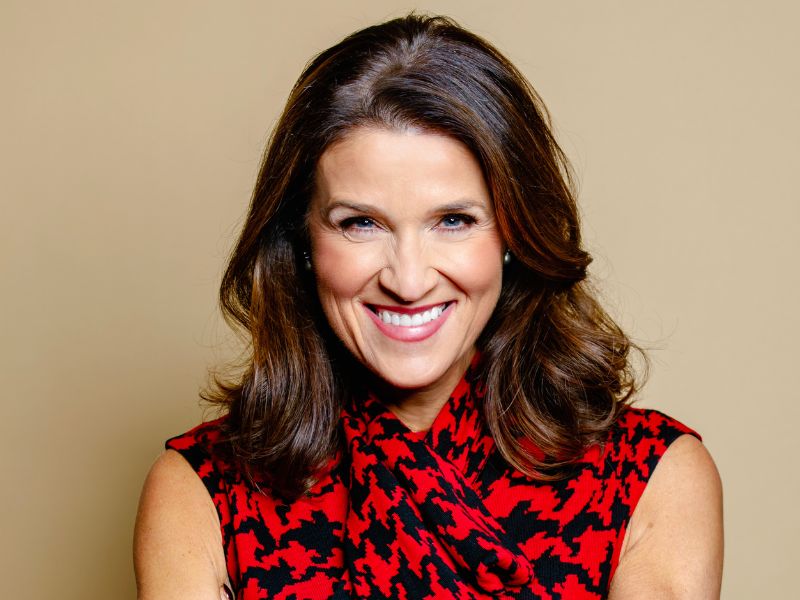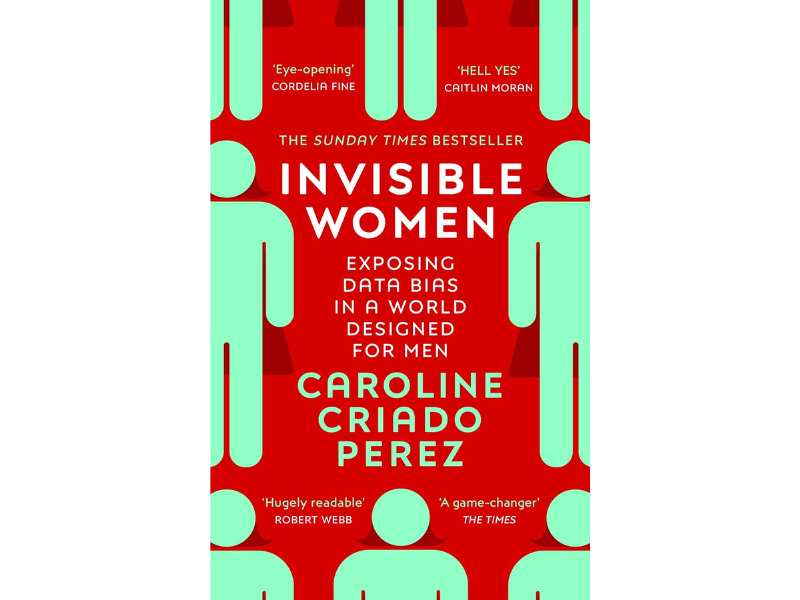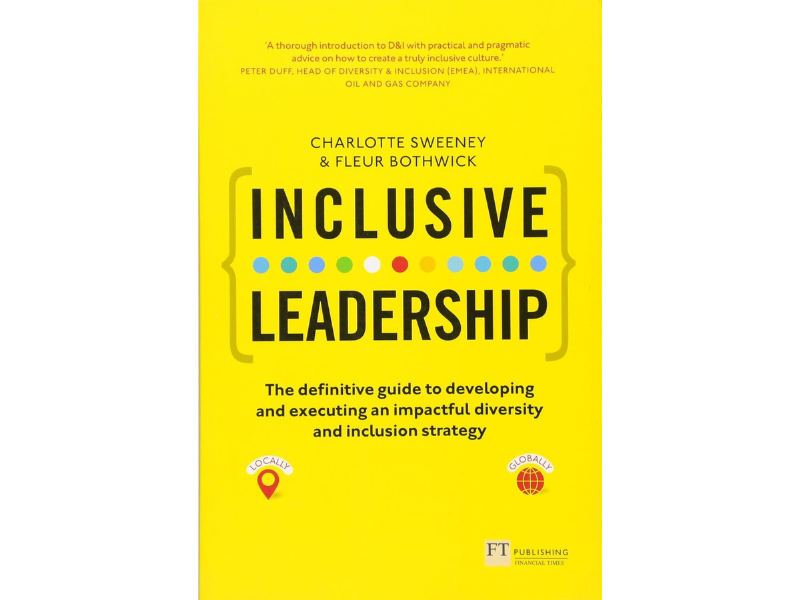As a child I saw my mother, the first female manager at a utilities-sector consulting firm, face significant gender bias at work.
 Both men and women struggled to accept her as a woman in a position of authority. My mother developed a thick skin in order to deal with the micro-aggressions that she encountered in the workplace. But still, they took their toll.
Both men and women struggled to accept her as a woman in a position of authority. My mother developed a thick skin in order to deal with the micro-aggressions that she encountered in the workplace. But still, they took their toll.
In my early days as manager, I encountered my own share of bias. As a young, ethnic minority woman I was often assumed to be less capable, less experienced, or less ambitious than I actually was. When people discovered that I knew my own power, it could make them uncomfortable. Power and likeability seemed to be in conflict. I was tempted to lower my expectations to avoid this tension. However, I could not do this without feeling that my mother’s struggles had been in vain.
I ended up starting a women’s network, which helped me to realise that my mother and I were not alone. Other female managers also faced conflicting messages around power. On the one hand, those who did not pursue power were considered less successful. On the other hand, women who openly pursued power received negative feedback. They were often labelled as “strident” and “pushy” for exhibiting the same behaviours that their male colleagues were commended for.
When I began to work in the leadership field, I gained a broader view of what women were facing across different companies. I also learnt more about the research on gender bias, including the concept of the double bind. The sociologist Janet Holmes’ description of it as a “tightrope of impression management” struck a deep chord. Although this period of exploration was validating, it was also disheartening. I could see that my survival as an entrepreneur now depended on my ability to walk this tightrope, which felt completely unfair.
Two things happened that changed my perspective. Firstly, in learning to walk the tightrope more skilfully, I saw myself growing more aligned with my own values. Secondly, I noticed that some of the best examples of ethical leadership were women. I realised that the need to come across as both warm and competent in order to succeed was completely aligned with the definition of ethical leadership I was formulating.
Hence, women who made it to positions of power and were still considered inspiring had something important to teach society about the path forward.
In 2012, I founded a seminar series entitled Lead Like a Woman. The intention was to highlight inspiring, female sector leaders who had managed to get some part of this balance right, and to build a community of ethical leadership around the case examples their stories provided. I would spend hours with the speakers beforehand, discovering the personal and professional circumstances that had formed them as a leader. I would then write out a story for them to tell, up until a key decision point where their career was on the line. At this point, when they were telling their story, they would pause and ask the participants how they would have approached the situation. Finally, after listening to the responses, they would share what actually happened. Each seminar would feature three speakers, with the stories constructed around a central theme. The themes were selected based on topics relating to ethical leadership that commonly came up in the coaching room – such as Facing Failure, Working with Ego, and Taking off the Mask.
Although these seminars required painstaking investment of time and resource, I was encouraged by the stories of their impact. Numerous participants would share how they found themselves facing similar leadership challenges and were now prepared to handle them. Others left with a call to action around gender equality. One senior leader decided to get their sector involved with the 30% Club. Another was inspired to incorporate gender diversity into an international standard for responsible investment.
In 2013, we launched Inspire Like a Man as a complementary part of the same series. By now I had come to appreciate that gender stereotypes also have a negative impact on men in the corporate world. Unlike women, who receive mixed signals, men are expected to lean towards power. Pursuing power, competing for power and asserting power are rewarded. Expressions of emotion, vulnerability or compassion are deemed “weak.” The goal of Inspire Like a Man was to feature inspiring, male sector leaders who had the courage to demonstrate their strength by revealing their humanity. This was embodied in the act of telling their story. Although the interview process was identical for both genders, the men were often sharing aspects of their journey that they had never spoken about to anyone.
In 2015, we incorporated the Inspire Like a Man, Lead Like a Woman series into a larger initiative entitled Walk the Tightrope. The premise was that both genders benefit from becoming more skilled at finding their balance on the tightrope as they navigate power dynamics.
For women this balancing act is a requirement for success, and for men a requirement for fulfilment. However, in both cases it is a pre-requisite to effective, ethical leadership.
As part of the initiative, we launched the Walk the Tightrope Programme to provide a transformative toolkit to senior managers who have been referred to us as “worthy of more power”. We also launched the Walk the Tightrope survey to track perceptions of power in organisations and the relevance of the tightrope to different audiences.
Our latest development in 2017 has been to formalise a membership scheme for our growing community of Tightrope Walkers. Over the past five years, we have been gathering senior managers across London committed to “the journey to power with integrity” and equipping them to do things differently. Through sharing stories and gaining insight, they have become pioneers of new possibility in their respective organisations. Our next chapter will involve leveraging this community to inspire a broader cultural shift, both within the business community and within society as a whole. Although the journey of tightrope walking can be challenging, it continues to be immensely rewarding, especially knowing that we are not alone.
About the author
 Justine Lutterodt founded the Centre for Synchronous Leadership (CSL) to redefine leadership in the corporate sector, aligning business and societal interests. She has led numerous senior teams, boards, and entire divisions through successful cultural transformation and is recognised as an authority on systemic change, with her thought leadership featured at conferences around the world.
Justine Lutterodt founded the Centre for Synchronous Leadership (CSL) to redefine leadership in the corporate sector, aligning business and societal interests. She has led numerous senior teams, boards, and entire divisions through successful cultural transformation and is recognised as an authority on systemic change, with her thought leadership featured at conferences around the world.
CSL’s Walk the Tightrope programme continues to facilitate career breakthroughs for senior managers deemed “worthy of more power” and its Mindful Exclusion initiative includes the largest qualitative study of employee network leaders.








